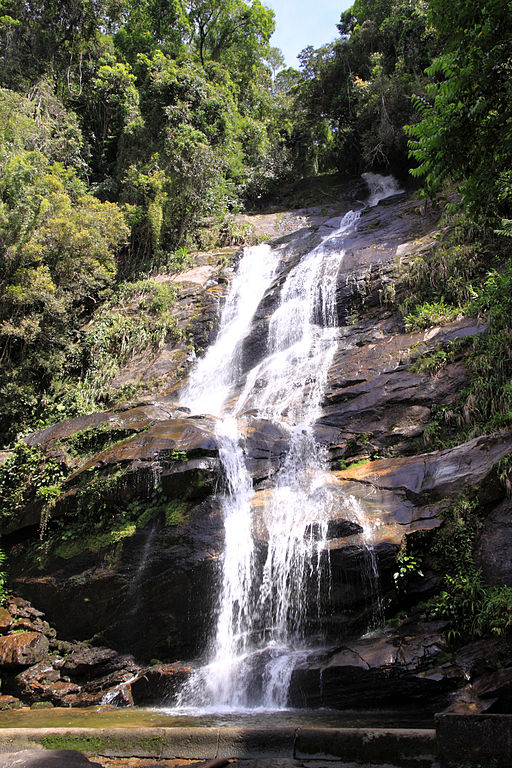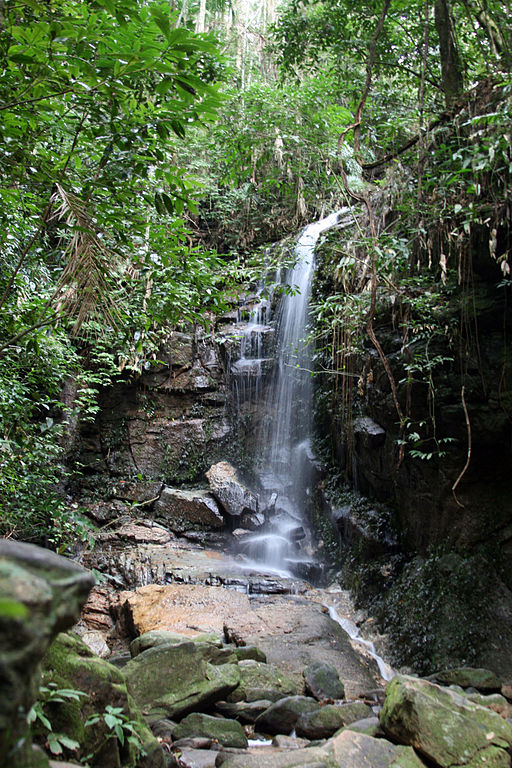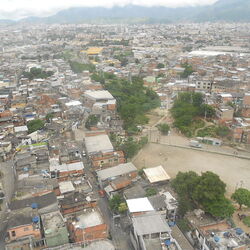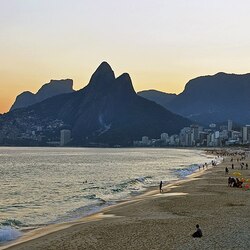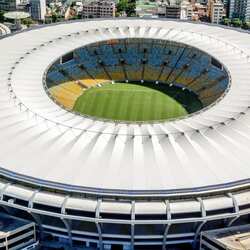Tijuca National Park
The largest forest area, with an area of 32 km2, is located in the city limits of Rio de Janeiro. This is the rarest case on the whole planet when there is a real jungle in the middle of the city. In 1961, this forest area was declared a national nature reserve in order to prevent soil erosion and prevent flooding. Nowadays, Tijuca is the most visited forest, with many attractions. In 1991. Tijuca has been recognized as a UNESCO Biosphere Reserve.
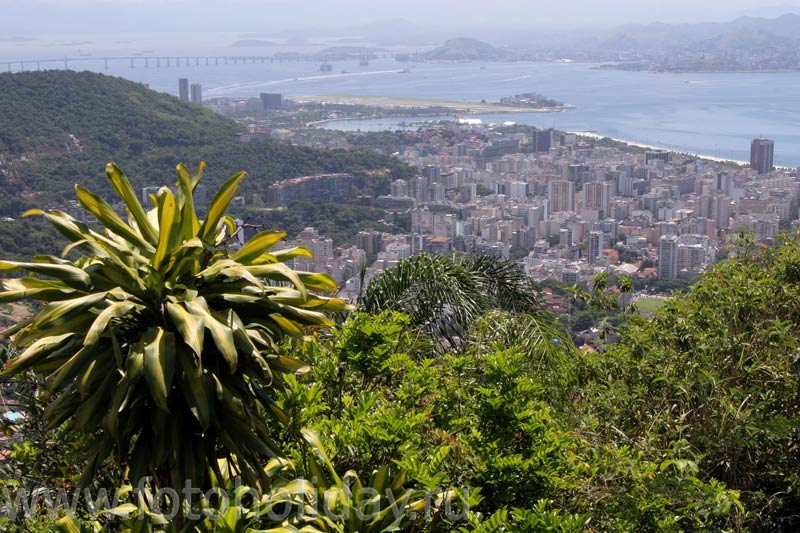
The Tizhuka forest area has been known since 1861. At this time, the Brazilian emperor decides to somehow preserve the forests, which, at that time, were actively destroyed in order to organize a coffee plantation or agricultural land in a vacant place. It is for this reason that the territory began to be actively planted with small seedlings brought from the Atlantic forest area. Thus, for thirty years, a small group of workers, by order of the mayor of the city, planted the territory with small trees, the number of which was about 100 pieces. Under the subsequent ruler of the city, this area began to acquire a more well-groomed and attractive appearance. He set up recreation areas here, putting up a variety of benches, and dug artificial ponds with decorative bridges. Fame immediately spread about this cozy park, and both ordinary residents of the city and important guests of the capital began to come here.
Tijuca Park has many tropical trees and a variety of flowers. And despite the fact that this forest was practically created artificially, its flora is very diverse. Palm trees, cedars, mangoes, bamboos, and coffee trees grow here. The animal world is quite diverse, but much poorer for the flora. There are some species of animals that are characteristic of the Atlantic forest. Among them, there are varieties of spiders, rodents, snakes, and lizards.
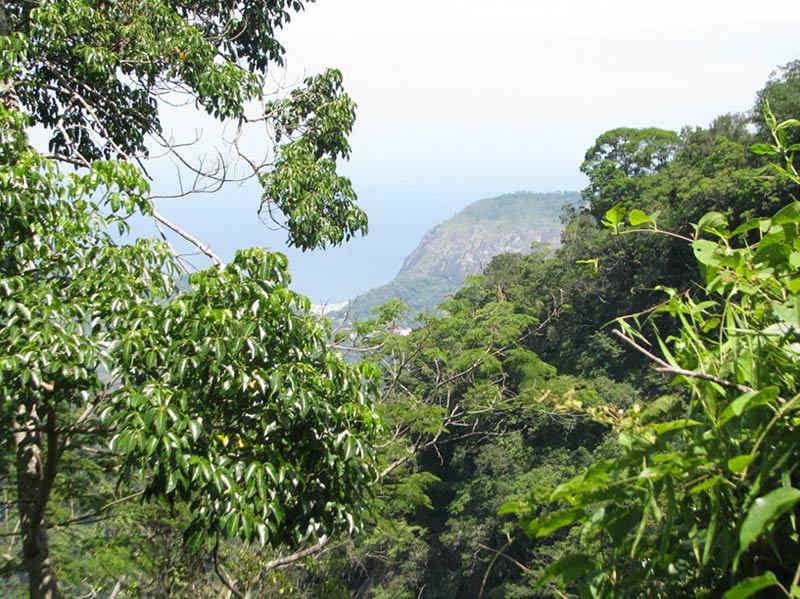
Locals, as well as many tourists, love Tijuca Park, for the large number of attractions located on the territory, both natural and built by mankind. Among them, the Statue of Christ the Redeemer, the Pedra da Gavea Rock, the Meyrink Chapel, and the Cascatina Waterfall are famous all over the world. In addition to these places, the territory is endowed with a wealth of waterfalls, mountain peaks, which offer a wonderful view. And even when there is absolutely nothing to breathe in the city from the heat, there is always fresh air here.
Tijuca Park is divided into sectors and has several entrances to the territory. All the attractions that belong to him are open daily from morning to evening. There are many hiking trails and bike paths developed here. It is also possible to use an electric car. The entrance to the park is always free, but the administration does not advise staying until late in the evening, as the crime rate is quite high.
Visiting Tijuca Park, you will have pleasant memories of an unusual, gentrified forest area with a diverse animal and plant world, located in the middle of the city of Rio de Janeiro.
